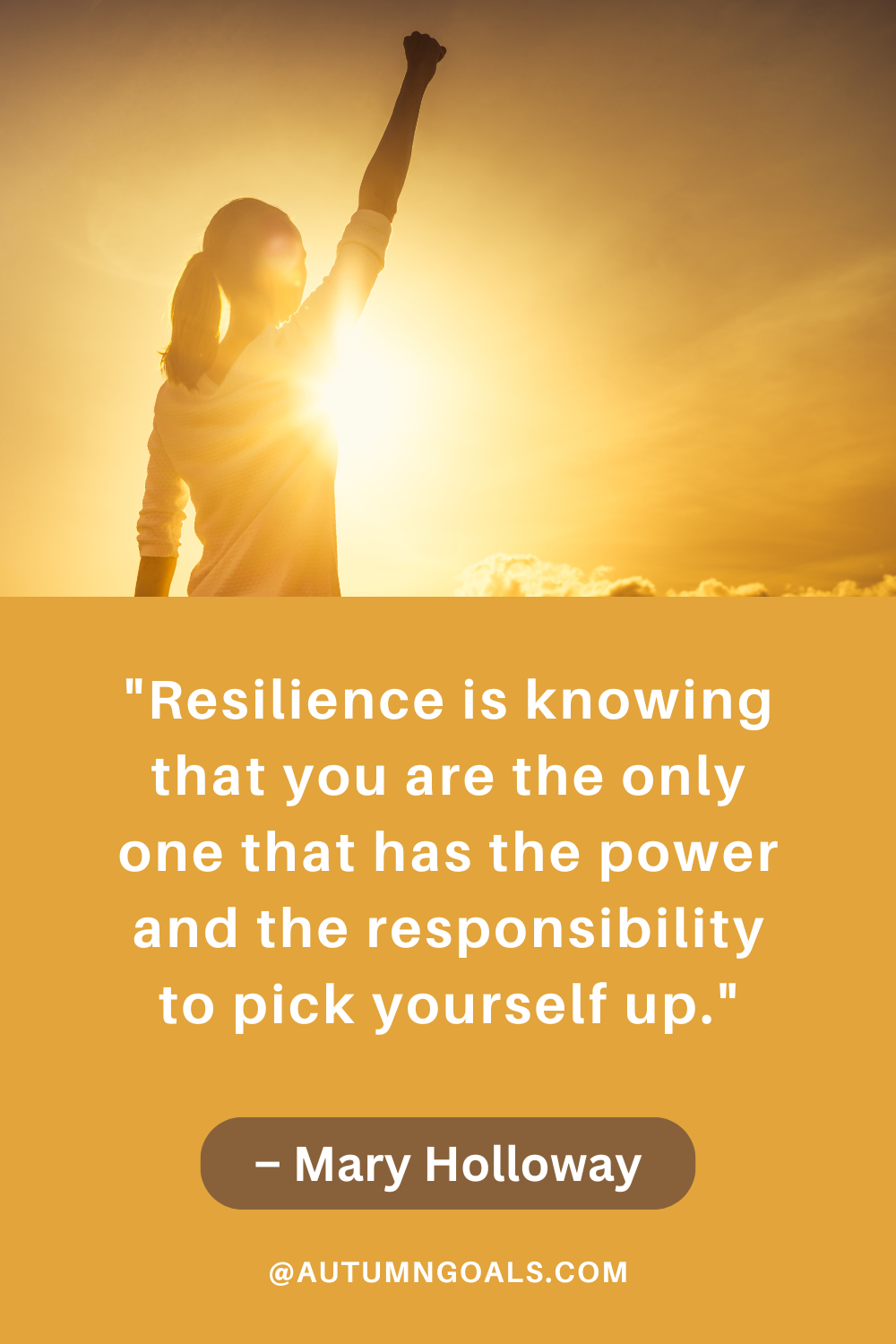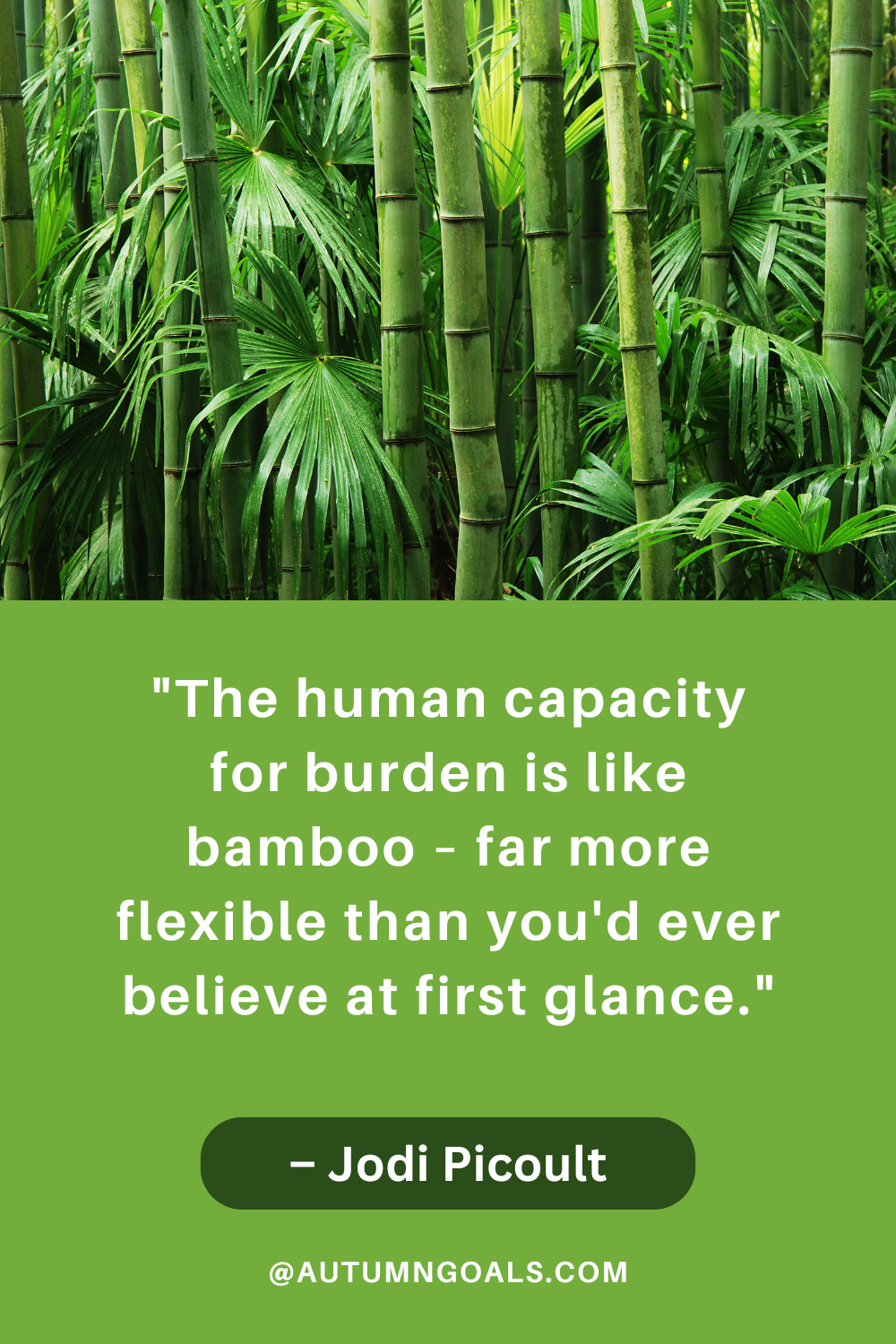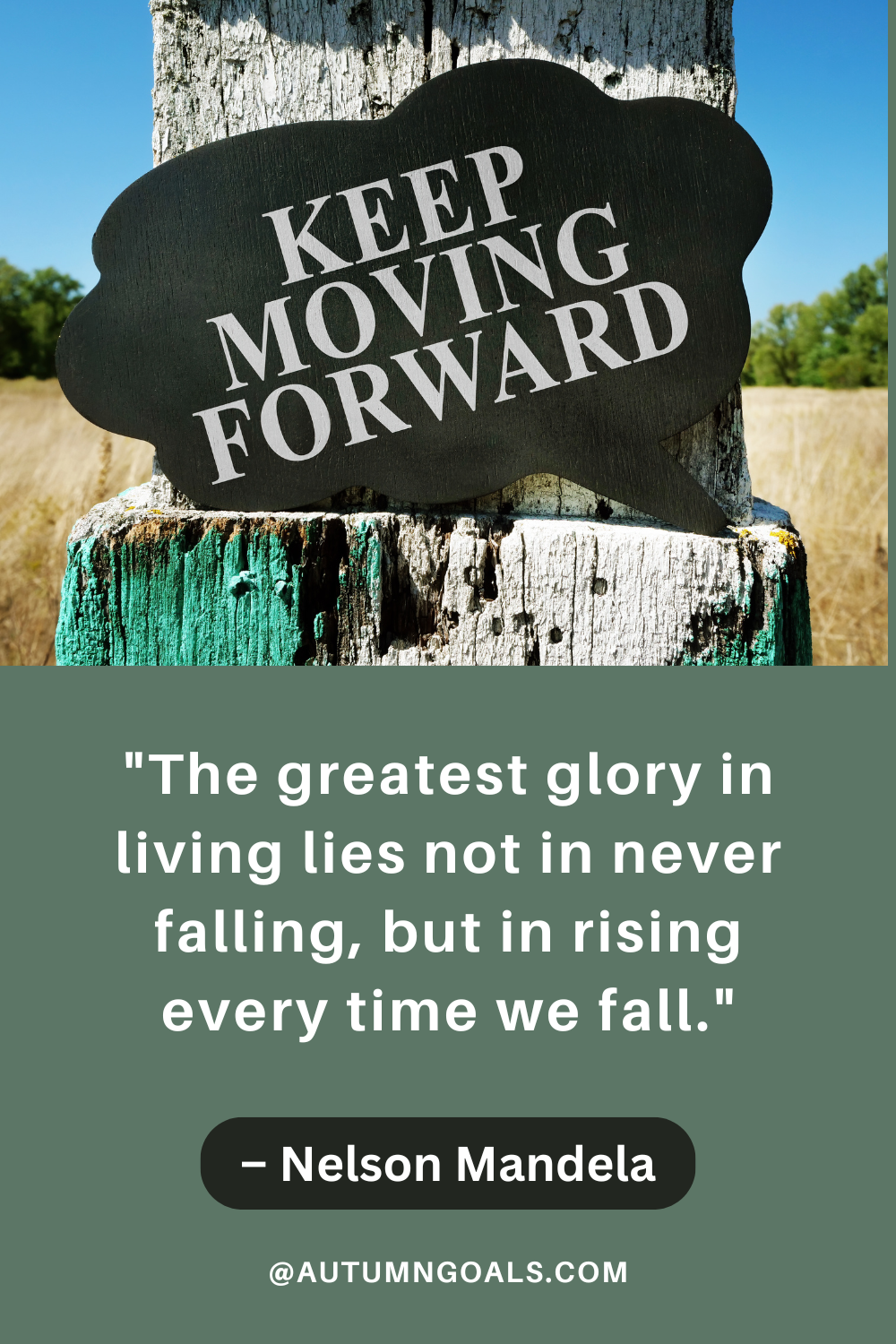Building Resilience: How to Bounce Back Stronger from Adversity
August 15, 2024 | by autumngoals.com

Resilience Photo by Tim Mossholder on Unsplash
Life is filled with challenges, setbacks, and adversities. Whether it’s losing a job, facing health issues, or dealing with personal loss, these experiences test our strength and character. Resilience is the ability to bounce back from these adversities, emerging stronger and more capable. It’s not about avoiding difficulties but about learning how to navigate through them with grace and fortitude.
In this blog post, we’ll explore the concept of resilience, its importance in personal development, and practical strategies to cultivate it.
Understanding Resilience
What is Resilience?
Resilience is the psychological ability to adapt to stress and adversity, bouncing back from challenges with a positive outlook. It’s the mental reservoir of strength that people can draw on in times of need to carry them through without falling apart. Dr. Viktor Frankl, a Holocaust survivor and psychiatrist, famously said, “When we are no longer able to change a situation, we are challenged to change ourselves.”
Why is Resilience Important?
Resilience is important because it enables individuals to recover from setbacks and continue pursuing their goals. It fosters mental health, improves well-being, and enhances overall life satisfaction. As Brene Brown, a renowned researcher, states, “Resilience is more available to people curious about their own line of thinking and behaving.”

Building Resilience: Key Components
Developing a Positive Mindset
A positive mindset is foundational to resilience. It involves recognizing your negative thoughts and replacing them with constructive ones. This doesn’t mean ignoring reality but rather focusing on what can be controlled and finding silver linings. Positive affirmations and gratitude practices can significantly enhance one’s outlook if it tends to be negative.
Building Strong Relationships
Strong social connections provide emotional support during tough times. Friends, family, and community members offer different perspectives and solutions, making it easier to navigate challenges. Social support acts as a buffer against stress, promoting quicker recovery from adverse events. When you are going through a difficult time it helps to feel that you are not alone.
Embracing Change
Change is inevitable, and those who adapt to it tend to be more resilient. Embracing change means being open to new experiences, learning from them, and adjusting one’s approach accordingly. As Charles Darwin noted, “It is not the strongest of the species that survive, nor the most intelligent, but the one most responsive to change.”

Practical Strategies to Build Resilience
Practice Self-Care
Self-care is about maintaining a healthy balance in life, which includes physical, mental, and emotional well-being. Regular exercise, adequate sleep, and a balanced diet are crucial. Mindfulness practices, such as meditation and yoga, also help in reducing stress and increasing resilience.
Set Realistic Goals
Setting and achieving realistic goals can build confidence and a sense of accomplishment. Break down large goals into smaller, manageable tasks. Celebrate small victories to maintain motivation and build momentum.
Develop Problem-Solving Skills
Resilient people are effective problem-solvers. They approach challenges methodically, breaking them down into smaller parts and addressing each part systematically. Enhancing problem-solving skills involves critical thinking, creativity, and decision-making abilities.

Cultivate Emotional Awareness
Understanding and managing emotions is an important aspect of resilience. Emotional awareness involves recognizing one’s feelings, understanding their source, and expressing them appropriately. Journaling and talking to a trusted friend or therapist can aid in processing emotions.
Maintain Perspective
Keeping a long-term perspective helps in seeing setbacks as temporary rather than permanent. It’s essential to remember that adversity is a part of life and not a reflection of one’s worth. Viewing challenges as opportunities for growth can shift the focus from the problem to potential solutions.

Real-Life Examples of Resilience
J.K. Rowling
Before becoming one of the best-selling authors in the world, J.K. Rowling faced numerous rejections from publishers and personal hardships. Despite these setbacks, she persisted, believing in her work and ultimately achieving unprecedented success with the Harry Potter series.
Nelson Mandela
Nelson Mandela’s resilience is legendary. He endured 27 years in prison during apartheid in South Africa but emerged with a commitment to reconciliation and nation-building. His ability to forgive and lead with compassion transformed a nation.

Building Resilience
Building resilience is an ongoing process that involves developing a positive mindset, strong relationships, and the ability to embrace change. It’s about practicing self-care, setting realistic goals, and cultivating emotional awareness. By maintaining perspective and developing problem-solving skills, we can navigate life’s challenges more effectively.
As we journey towards self-improvement and personal development, resilience will enable us to bounce back stronger from adversity, becoming more robust and capable.
You may also be interested in reading this blog post: Embracing Change | Autumn Goals
RELATED POSTS
View all



